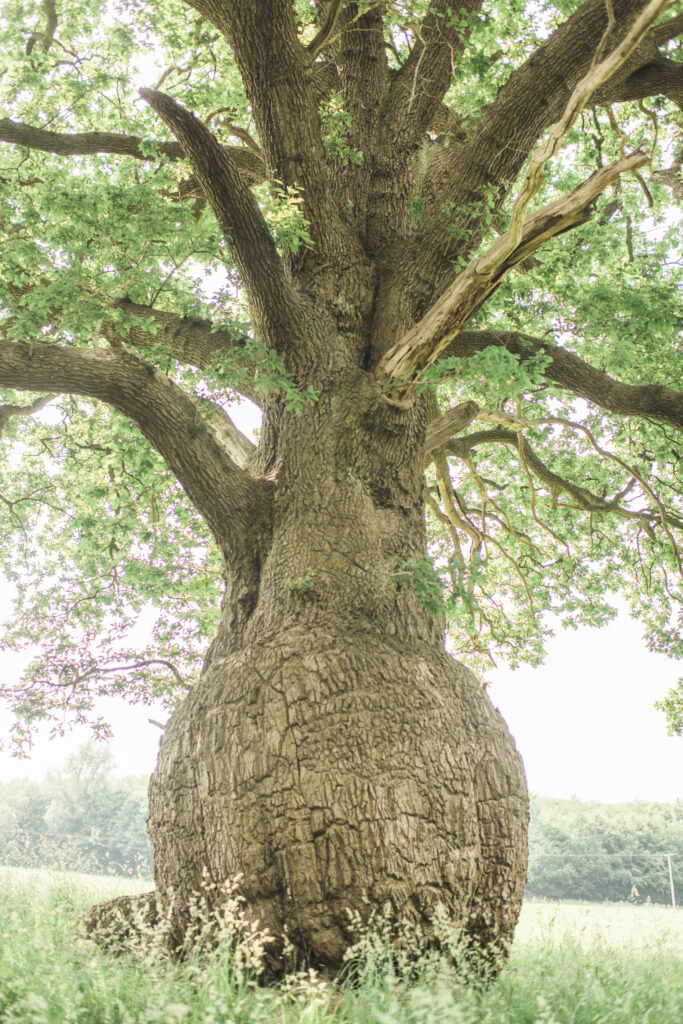The Tolkien Trail
J.R.R.Tolkien visited Stonyhurst and spent time in the beautiful Ribble Valley on several occasions. The first of these was a result of the Second World War, during which time the Venerable English College in Rome (established during the Reformation for the training of Catholic priests) relocated temporarily to Stonyhurst. One of Professor Tolkien’s sons, John, was amongst the students in training for the Catholic priesthood at the English College. His resulting stay at Stonyhurst provided plenty of opportunity for his father to visit him.
During these years, J.R.R. Tolkien was working on the manuscript for ‘The Lord of the Rings’. The Ribble Valley thus provided the setting for at least some of his writing of this saga.
"Not all who wander are lost"
The stunning countryside, with its meandering rivers, lush meadows, characterful trees and cosy cottages provides an excellent example of an English ‘shire’, to which the Shire of the Hobbits is a reference.
The Christian Heritage Centre has created a circular Tolkien Trail in conjunction with the Ribble Valley Borough Council, allowing visitors to enjoy the same landscape that Tolkien wandered through. A booklet with the route and further background is available here:
For those interested in understanding the spiritual and theological framework on which Tolkien’s sagas rest, we recommend the following book, and two short articles of our own:




